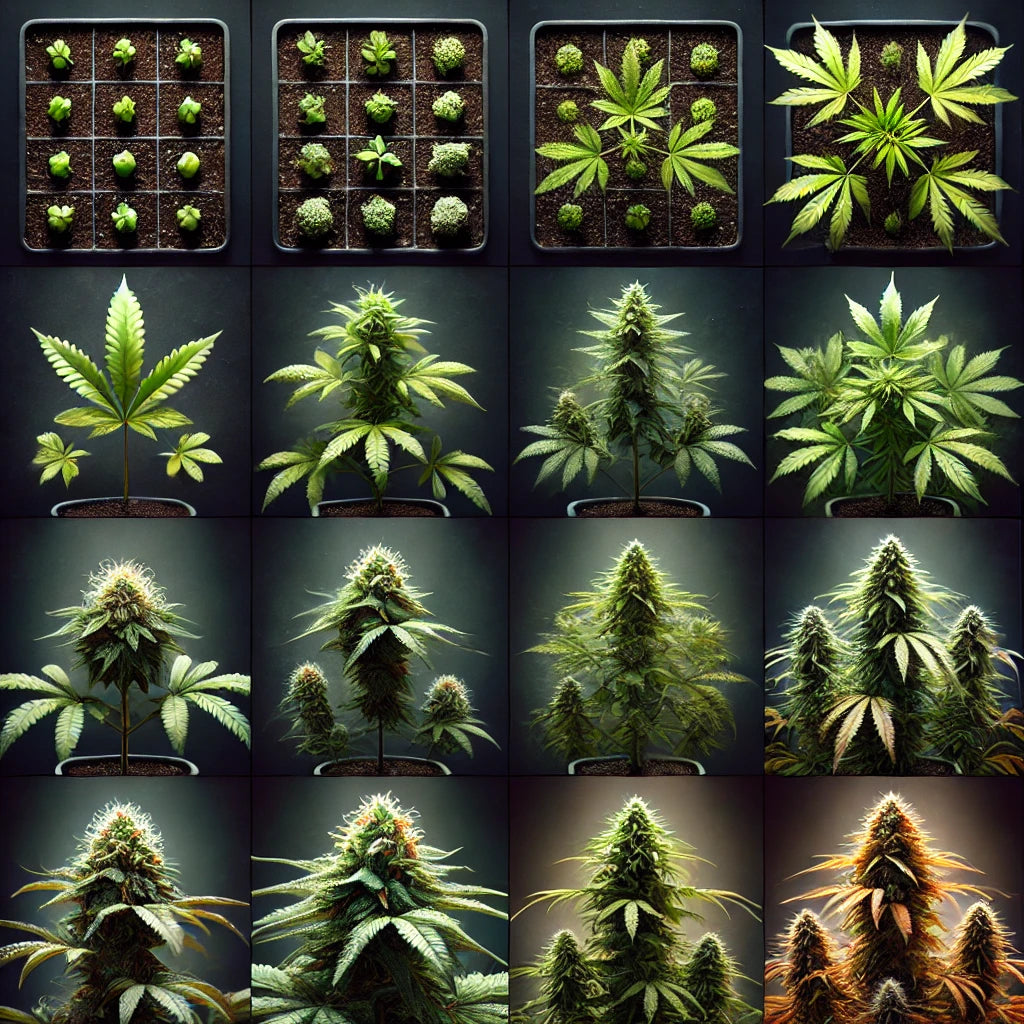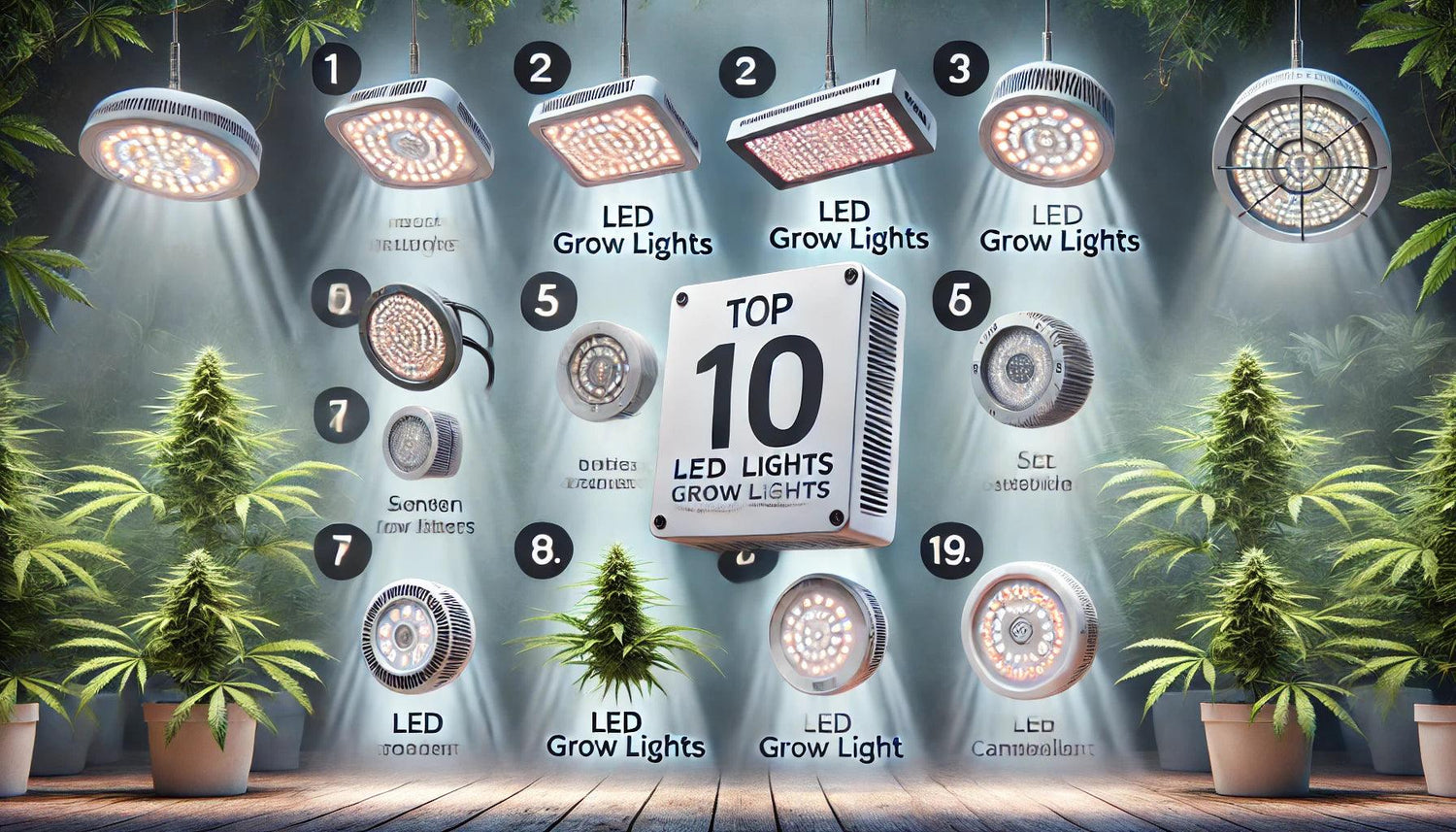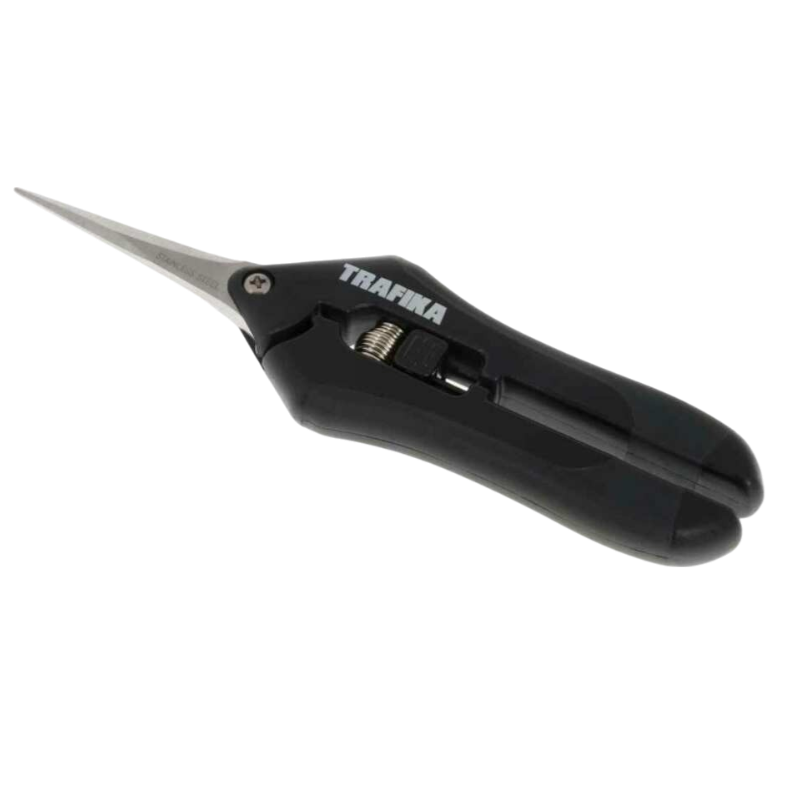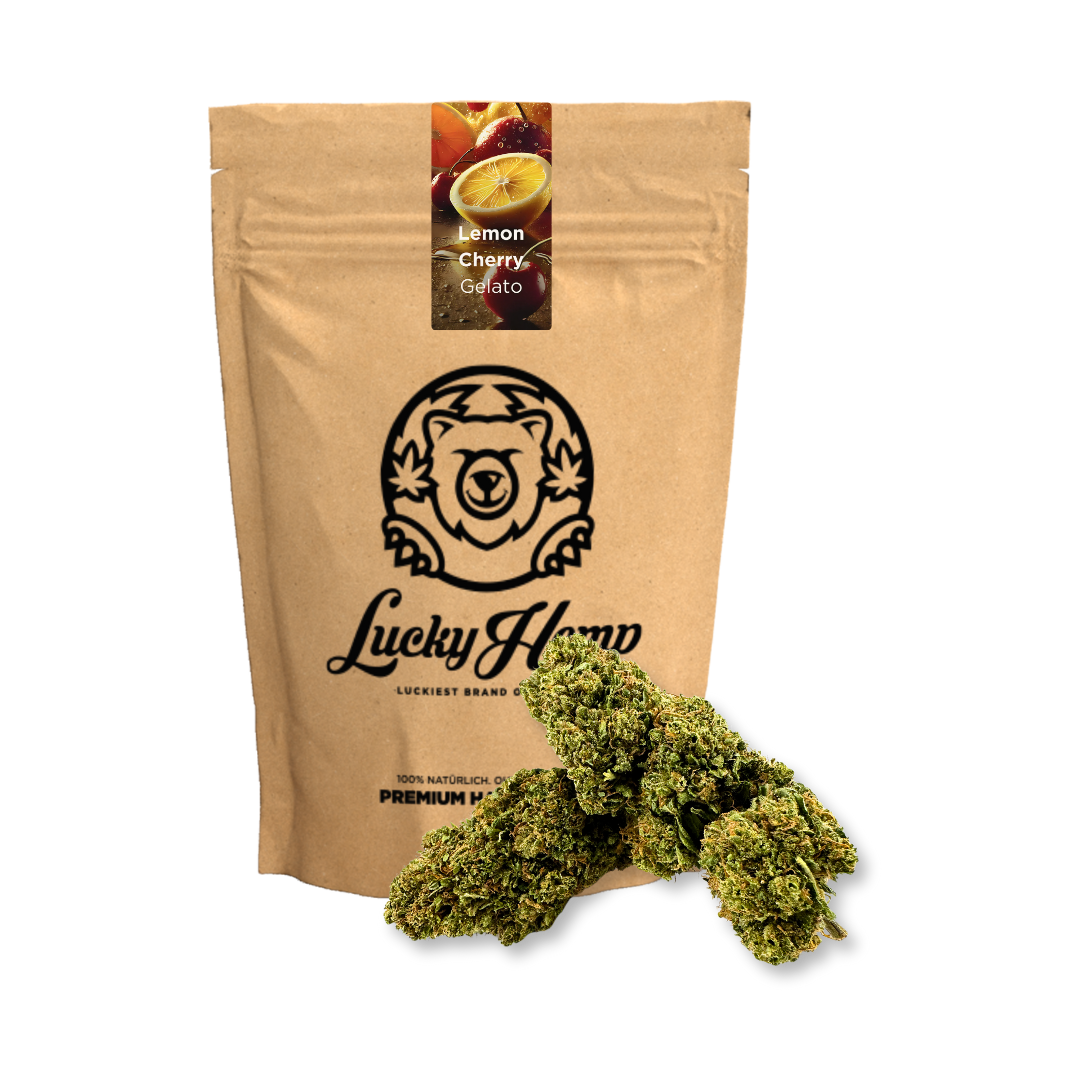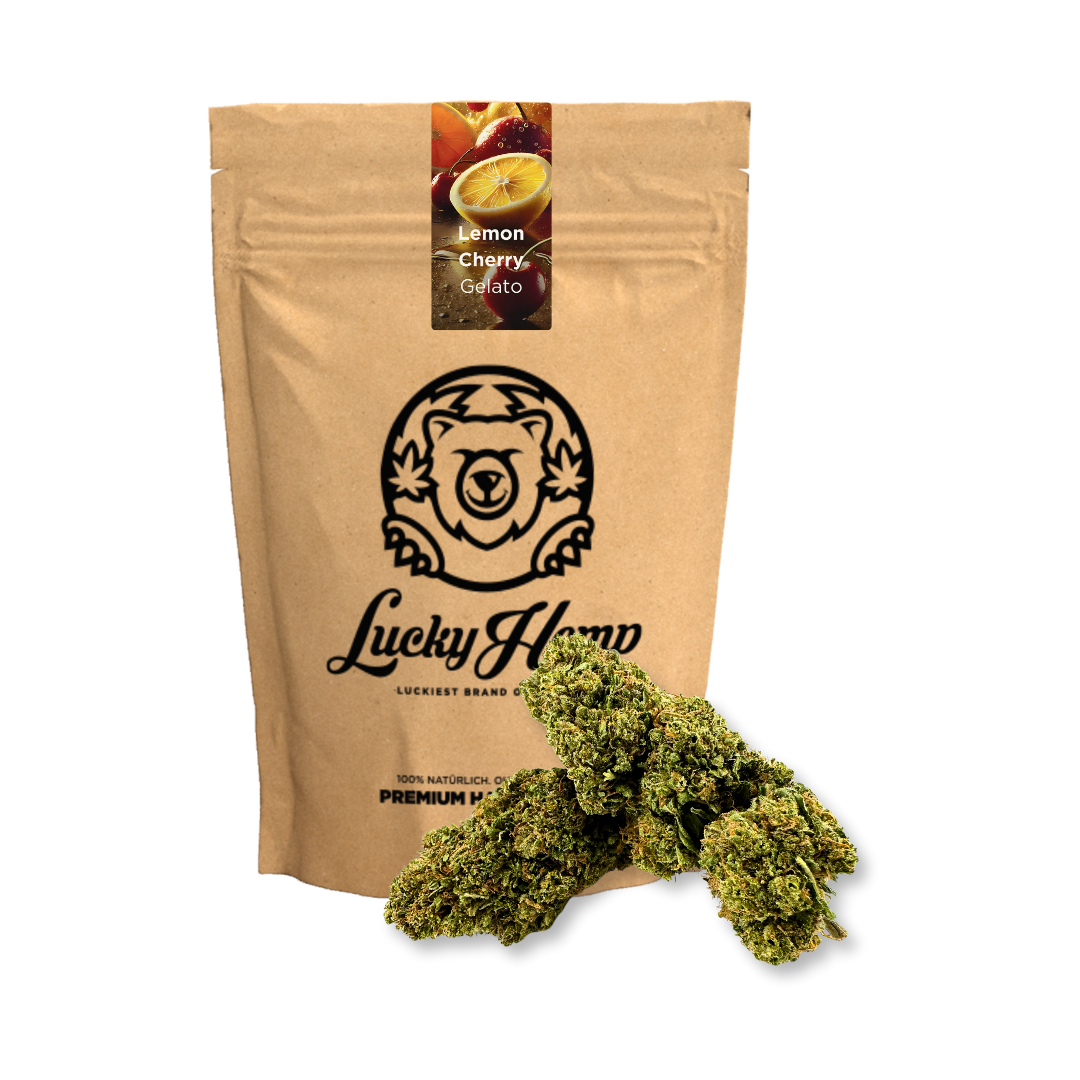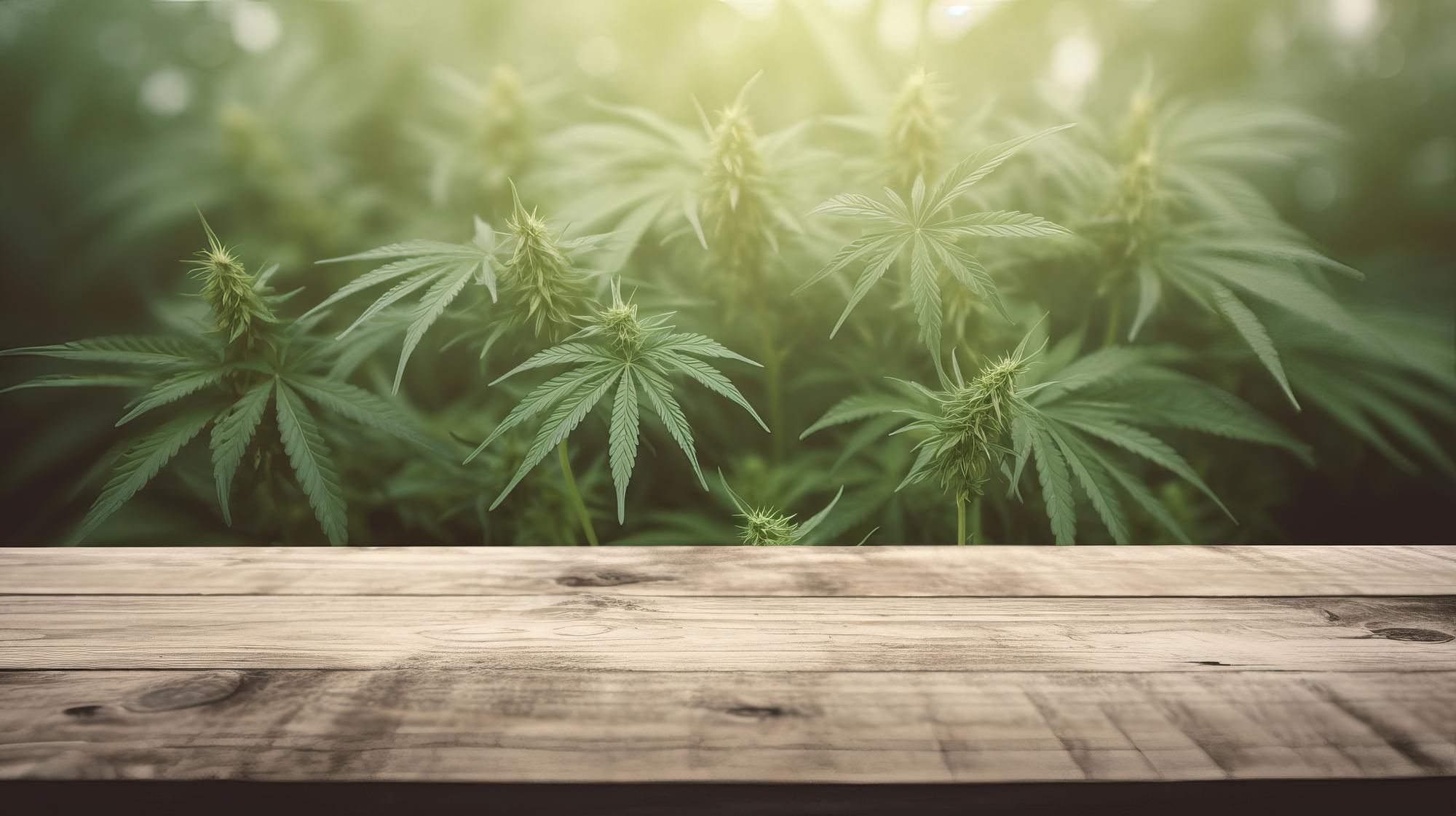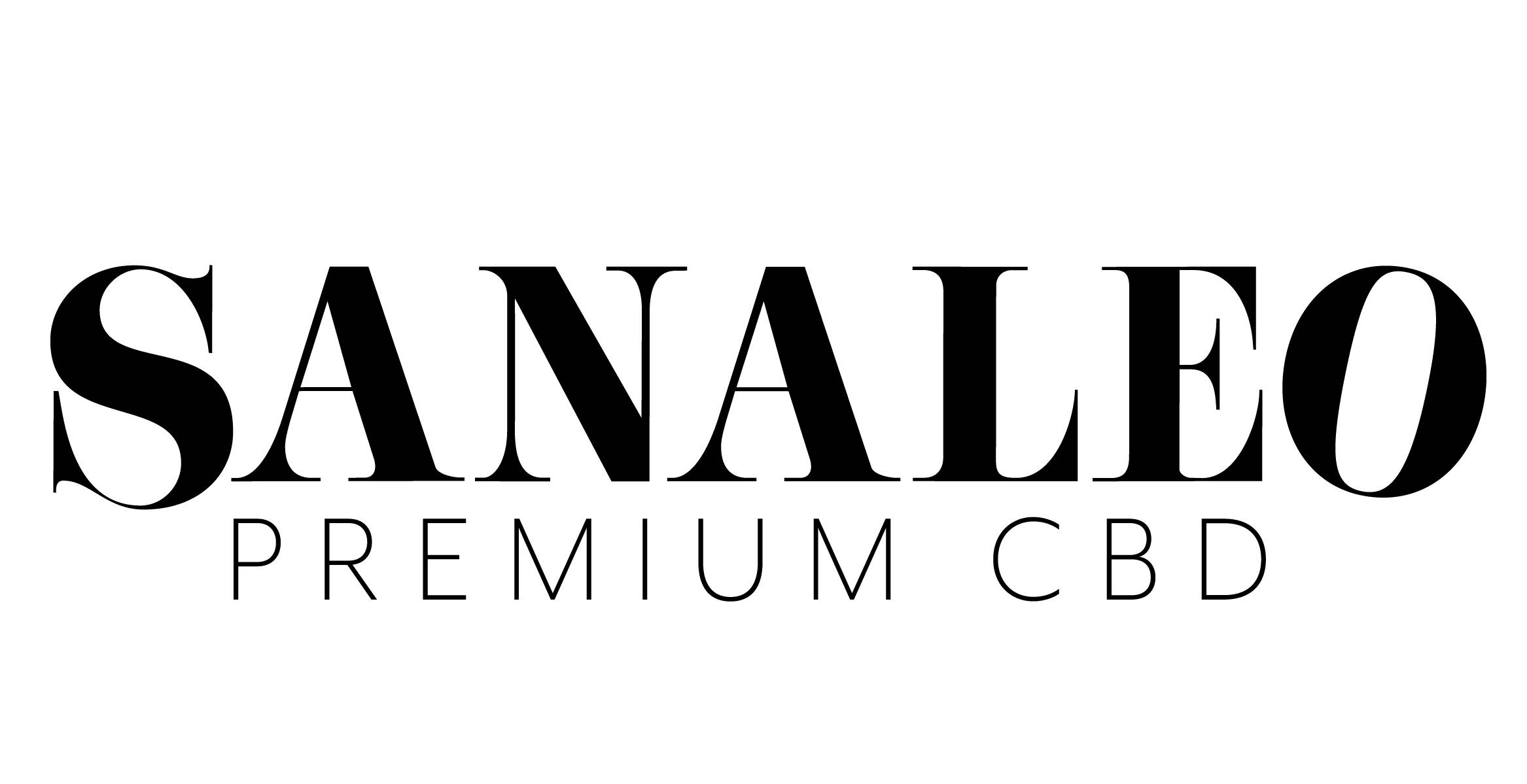1. The Basics: Why LED Lighting Will Transform Your Cannabis Crop
LED lighting is revolutionizing the way we grow cannabis in grow tents. If you want to maximize your yield while reducing energy costs, LEDs are your best choice. But why exactly?
Efficiency and energy saving
LEDs use up to 60% less energy than traditional HPS lamps. This not only means lower electricity bills, but also less heat development in your grow box. This allows you to control the temperature better and also save on air conditioning.
Optimal light spectrum for every growth phase
Unlike traditional lighting systems, modern LED systems allow you to adjust the light spectrum in a targeted manner. In the vegetative phase, a higher proportion of blue promotes compact growth, while in the flowering phase, a higher proportion of red stimulates flower formation.
Longer service life and lower maintenance costs
High-quality LED systems last up to 50,000 hours of operation - that's more than 5 years of continuous operation! In comparison, you often have to replace HPS lamps after just one year. This not only saves money, but also time and effort.
| feature | LED | HPS |
|---|---|---|
| Energy consumption | Low | High |
| Heat development | Small amount | Strong |
| Spectrum adjustment | Flexible | Limited |
| life | Long (50,000h+) | Short (10,000h) |
With LED lighting, you not only increase the quality and quantity of your harvest, but also make your cultivation more sustainable and cost-effective. In the following sections, we will show you which LED systems are best suited to your specific needs and how to use them optimally.
2. Top 5 LED systems for small grow boxes under 1m²
For hobby gardeners and beginners, small grow boxes under 1m² are ideal. They take up little space and are easy to manage. Here are the five best LED systems that are perfect for this size:
1. Spider Farmer SF-1000
The Spider Farmer SF-1000 is a bestseller among beginners. With an output of 100W and a broad full-spectrum light, it promotes healthy plant growth in all phases. The energy efficiency is particularly impressive: you get a light yield of up to 2.7 μmol/J.
2. Mars Hydro TS 600W
This compact system offers a balanced spectrum and good light penetration. With an actual power consumption of only 100W, it is extremely energy efficient. The white light color makes it pleasant for the eyes and makes plant care easier.
3. Viparspectra P1500
The Viparspectra P1500 impresses with its dimmability and the Samsung LM301B diodes. With 150W of power, it is slightly stronger than the previous models and is also suitable for advanced growers who want to maximize their yields.
4. HLG100V2
The Horticulture Lighting Group (HLG) is known for its quality. The HLG 100 V2 model delivers an intense but balanced spectrum. With an efficiency of 2.7 μmol/J, it is one of the most efficient systems on the market.
5. Maxisun PB1000
The Maxisun PB1000 offers an excellent price-performance ratio. With Samsung diodes and an output of 100W, it optimally covers an area of around 60x60cm. The integrated dimming function allows flexible adaptation to different growth phases.
| Model | Performance | Efficiency | Special feature |
|---|---|---|---|
| Spider Farmer SF-1000 | 100W | 2.7 μmol/year | Broad full spectrum |
| Mars Hydro TS 600W | 100W | 2.3 μmol/year | Pleasant white light |
| Viparspectra P1500 | 150W | 2.5 μmol/year | Dimmable |
| HLG100V2 | 100W | 2.7 μmol/year | High-quality components |
| Maxisun PB1000 | 100W | 2.5 μmol/year | Good value for money |
When choosing your LED system for small grow boxes, you should pay attention not only to pure performance but also to factors such as spectrum, dimmability and heat generation. All of the models presented here offer a good balance of these properties and are ideal for beginners and hobby gardeners. Feel free to experiment a little to find out which system best suits your specific growing conditions and plants.
3. The best high-end LEDs for professional growers
For experienced cannabis growers and commercial growers who want to get the most out of their plants, there are a number of high-end LED systems available. These devices offer advanced technologies, higher light intensities and more precise spectrum control. Here are the top recommendations for professional growers:
1. Gavita Pro 1700e LED
The Gavita Pro 1700e is a powerhouse among LED systems. With an output of 645W, it easily replaces a 1000W HPS lamp. The efficiency of 2.6 μmol/J at full power is particularly impressive. The broad, balanced spectrum promotes lush growth and dense flowers.
2. HLG Scorpion Diablo
The Scorpion Diablo from Horticulture Lighting Group sets new standards in terms of light intensity and efficiency. With 600W of power and an incredible efficiency of 2.8 μmol/J, it is ideal for large growing areas. The use of UV and IR diodes mimics natural sunlight and promotes terpene production.
3. ChilLED Growcraft X6 1500
This modular system offers maximum flexibility. With an output of 600W and six independently dimmable channels, you can precisely adjust the spectrum to each growth phase. The high efficiency of 2.7 μmol/J and the even light distribution ensure optimal results.
4. Lumatek Zeus 600W Pro
The Zeus 600W Pro impresses with its robust construction and advanced cooling system. With an efficiency of 2.8 μmol/J, it is one of the most efficient systems on the market. The fully dimmable full-spectrum light enables precise control over all growth phases.
5. Fluence SPYDR2i
Fluence is known for its science-based lighting solutions. The 640W SPYDR 2i system offers a broad, PPF-optimized spectrum and an impressive efficiency of 2.6 μmol/J. The modular design allows for easy scaling for larger grow areas.
| Model | Performance | Efficiency | Special feature |
|---|---|---|---|
| Gavita Pro 1700e LED | 645W | 2.6 μmol/year | Replaces 1000W HPS |
| HLG Scorpion Diablo | 600W | 2.8 μmol/year | UV and IR diodes |
| ChilLED Growcraft X6 1500 | 600W | 2.7 μmol/year | 6 independent channels |
| Lumatek Zeus 600W Pro | 600W | 2.8 μmol/year | Advanced cooling system |
| Fluence SPYDR 2i | 640W | 2.6 μmol/year | PPF-optimized spectrum |
While these high-end systems offer advanced features, they also require a higher initial investment. However, for professional growers, this investment quickly pays off with higher yields, better quality, and lower running costs. Note that these powerful systems also require customized environmental control to reach their full potential. Optimize your ventilation, temperature, and humidity accordingly for the best results.
4. Spectrum analysis: Which light colors your plants really need
The light spectrum plays a crucial role in the growth and development of your cannabis plants. Different wavelengths affect different aspects of plant growth. Let's take a closer look at what colors of light your plants need in the different growth phases.
Blue light (400-500 nm)
Blue light is especially important in the vegetative phase. It promotes compact growth, the formation of chlorophyll and the development of strong stems and leaves. A higher proportion of blue in this phase can lead to bushier plants with shorter internodes.
Green light (500-600 nm)
The importance of green light has long been underestimated. However, recent studies show that it penetrates deeper into the leaf tissue and promotes photosynthesis in the lower leaf layers. A moderate amount of green light can increase the overall efficiency of light use.
Red light (600-700 nm)
Red light is the main driver of photosynthesis and is especially important during the flowering phase. It stimulates flower formation and promotes the development of cannabinoids and terpenes. A higher proportion of red in the late vegetative and flowering phases can lead to larger yields.
Far red light (700-750 nm)
Although barely visible to the human eye, far-red light plays an important role in controlling flowering behavior. It can influence the elongation of the plant and, if used correctly, accelerate flower formation.
UV light (280-400 nm)
Small amounts of UV light, especially UVB, can stimulate the production of cannabinoids and terpenes. This often results in more potent cannabis with a more intense aroma. However, caution is advised as too much UV light can be harmful.
| Light color | wavelength | Main effect |
|---|---|---|
| Blue | 400-500nm | Compact growth, chlorophyll formation |
| Green | 500-600nm | Improved light utilization in lower leaf layers |
| Red | 600-700nm | Flower formation, yield increase |
| Far Red | 700-750nm | Control of flowering behavior |
| UV | 280-400nm | Increase in cannabinoid and terpene production |
The best LED systems for cannabis offer a balanced full spectrum that covers all of these wavelengths. Some advanced models even allow you to adjust the spectrum to suit different growth phases. Note that the optimal spectrum composition may vary depending on the cannabis strain and desired end result. Experiment carefully with different spectrums to get the best result for your specific plants.
Remember: A balanced spectrum is important, but it does not replace other critical factors such as adequate nutrient supply, air circulation and humidity control. Only when all of these factors are optimally balanced can you exploit the full potential of your LED lighting and grow healthy, high-yielding cannabis plants.
5. Practical guide: How to install and optimize your LED system for maximum yield
Proper installation and optimization of your LED system is crucial to unlocking the full potential of your cannabis plants. Here's a step-by-step guide on how to perfect your setup and maximize yields.
Correct positioning of LED lights
The optimal distance between LED and plant tips varies depending on the model and growth phase. As a rule of thumb:
- Vegetative phase: 45-60 cm distance
- Flowering phase: 30-45 cm distance
Watch your plants closely. If the leaves show signs of light stress (upward curvature, bleaching), increase the distance. If the distance is too great, the plants will stretch out and become unstable.
Optimize light distribution
Uniform light distribution is essential for uniform growth. Use reflectors or white walls in your grow box to distribute the light efficiently. For larger growing areas, it is recommended to use several smaller LEDs instead of one large one to avoid hotspots.
Adjustment of light intensity and duration
Modern LED systems often allow dimming. Use this function to adjust the light intensity to the growth phase:
- Seedlings and young plants: Start with 25-50% intensity
- Vegetative Phase: Increase to 50-75%
- Flowering phase: Full intensity (100%)
Also adjust the lighting duration: 18/6 hours (light/dark) in the vegetative phase, 12/12 in the flowering phase.
Temperature and humidity management
LEDs produce less heat than HPS lamps, but good climate control is still important:
| Growth phase | temperature | humidity |
|---|---|---|
| Vegetative | 20-28°C | 40-60% |
| blossom | 20-26°C | 40-50% |
Install fans for good air circulation and use dehumidifiers or humidifiers if necessary.
Regular maintenance and cleaning
Keep your LEDs clean to maintain their efficiency. Dust and dirt can reduce the light output. Clean the lights carefully with a slightly damp cloth when the lamps are turned off and cool.
Fine-tuning nutrient management
LEDs often allow for faster growth, which can result in increased nutrient requirements. Watch your plants closely and adjust the nutrient levels accordingly. A slightly increased calcium and magnesium supplement can often be beneficial under LED lighting.
Remember: every grow tent is unique. Experiment carefully and document your results to find the optimal setup for your specific conditions. With the right adjustment and care, you will soon be able to reap the benefits of your LED system in the form of healthy, high-yielding cannabis plants.

